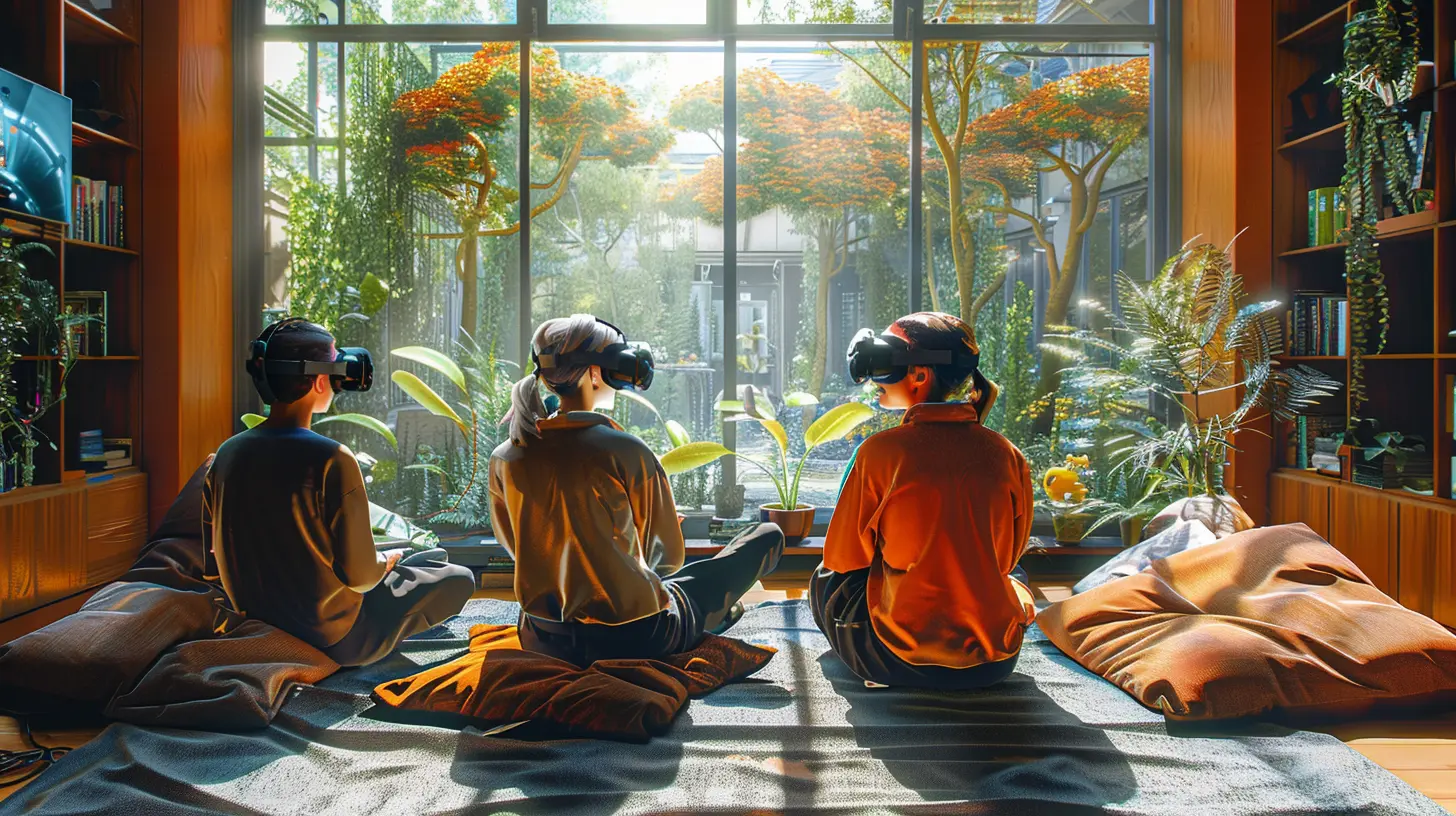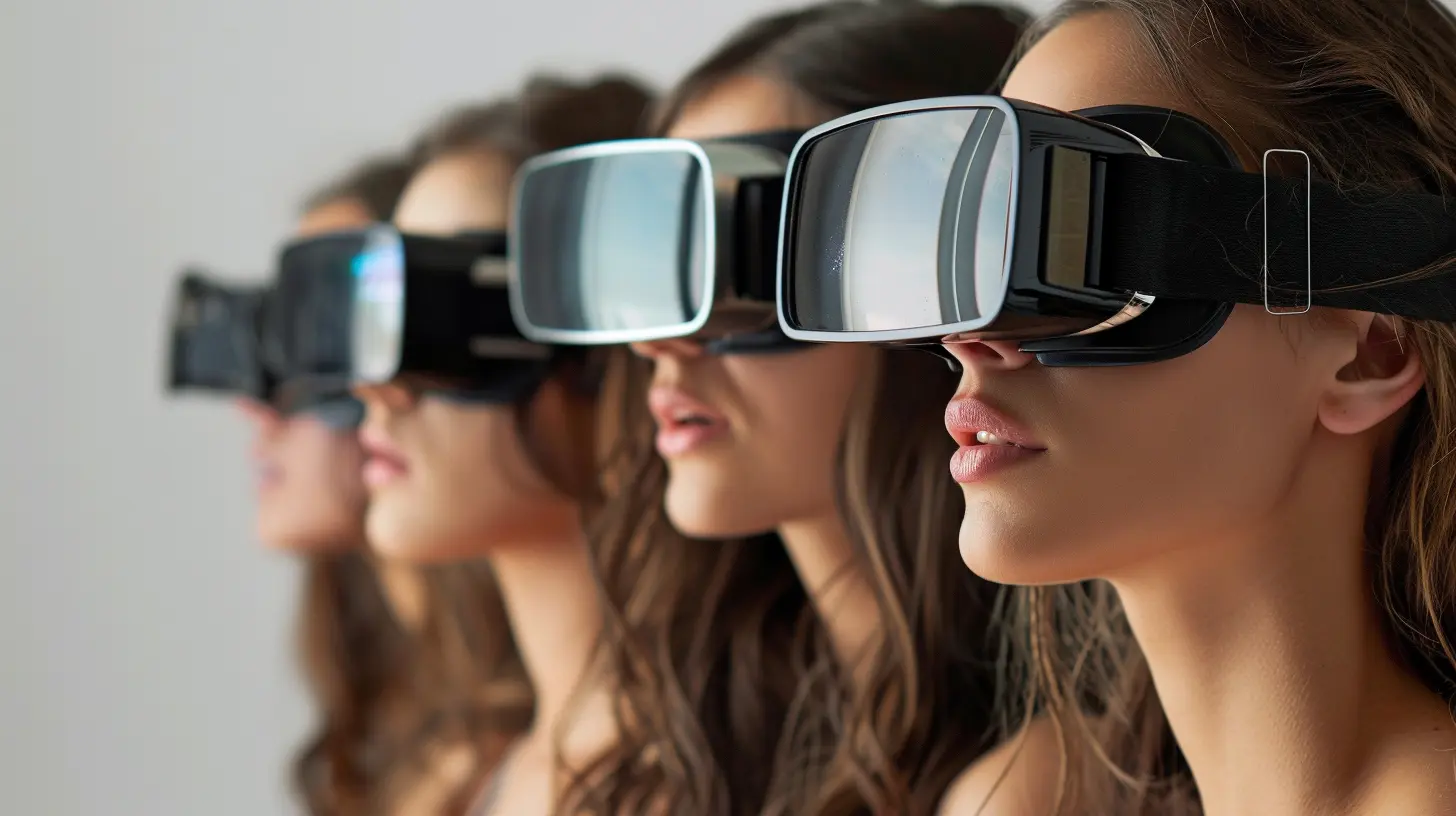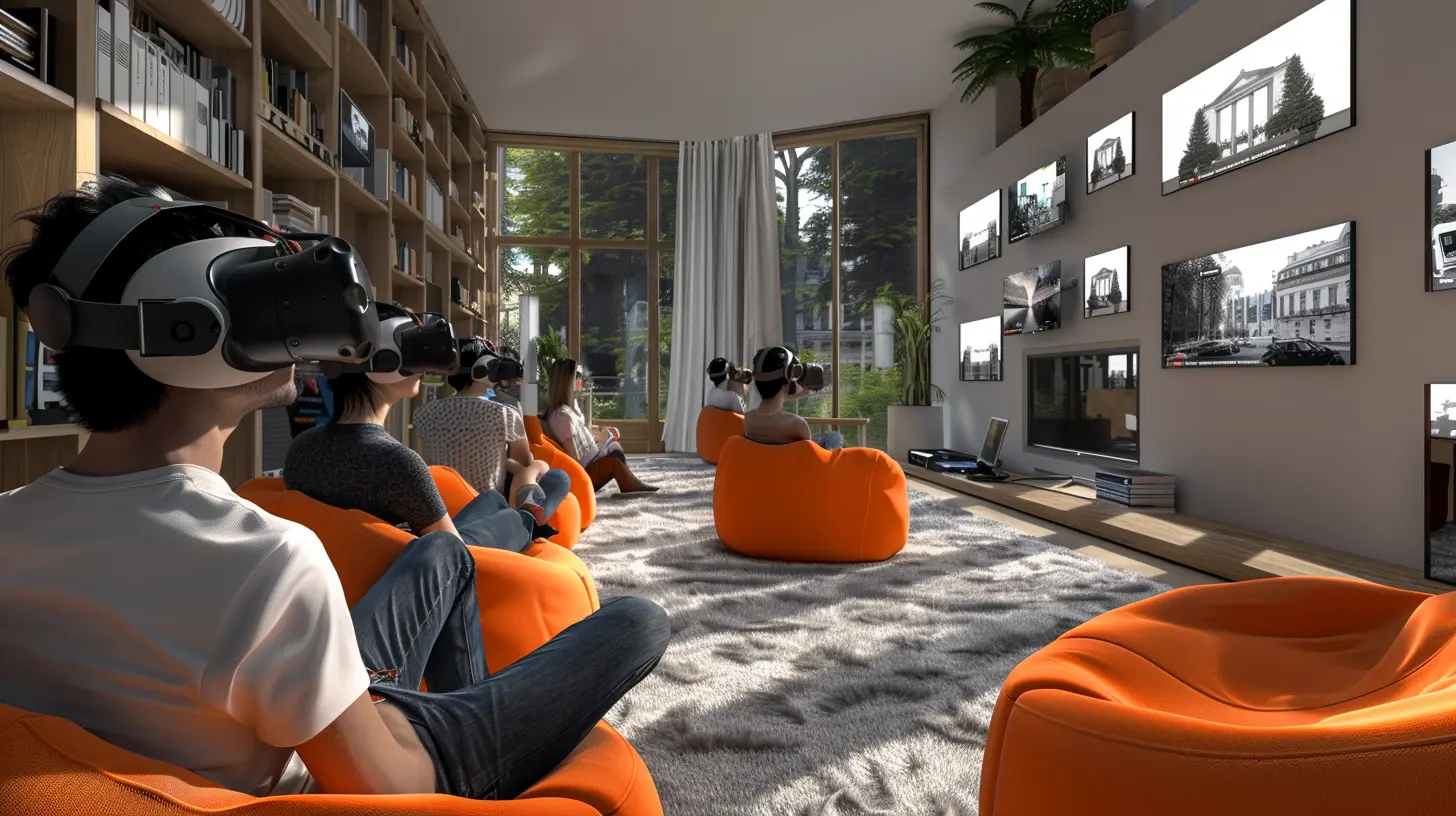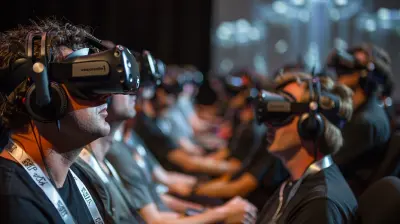Virtual Reality in Social Media: The Next Frontier for Online Interaction
26 September 2025
The way we connect online is about to change forever. Social media has already revolutionized communication, but what if we could take it one step further? Imagine stepping inside your favorite social platform, walking around, interacting with friends as if they were right next to you, and truly immersing yourself in a digital world. Well, that’s exactly what Virtual Reality (VR) is bringing to the table.
This isn’t just some sci-fi fantasy anymore—it’s happening. Companies are racing to shape the future of online interaction, and VR is their golden ticket. But what does this mean for social media? Let’s dive in and see how VR is redefining the way we connect.

The Rise of Virtual Reality in Social Media
Virtual Reality is no longer confined to the gaming world. Tech giants like Meta (formerly Facebook), TikTok’s parent company ByteDance, and Microsoft are investing billions into VR-powered social platforms. Meta’s Horizon Worlds, for instance, is a prime example of how social media is transitioning from static feeds to fully immersive experiences.We’re moving away from likes, comments, and shares, and heading towards real-time, lifelike interactions where you can sit in a virtual café with a friend from across the globe or attend a concert without leaving your house.
But why is this shift happening now?
1. The Demand for More Immersive Experiences
Let’s be honest—scrolling through an endless feed of pictures and videos feels… repetitive. We crave something more engaging, something that feels real. That’s where VR comes in. Unlike traditional social media, where interactions are limited to texts, emojis, and videos, VR puts you inside the experience.Instead of just watching a friend’s vacation video, imagine joining them in a virtual version of their trip. You could stand next to them on a VR beach in Bali or explore the streets of Paris together—without ever leaving your living room. Now, that’s a game-changer.
2. The Evolution of Digital Avatars
Remember when emojis were the best way to express ourselves online? Then came Bitmojis and Snapchat’s 3D avatars. But VR takes it even further with fully customizable avatars that can mimic facial expressions, body language, and even voice modulation.With AI-powered avatars, you won’t just see a floating cartoon version of your friend. Instead, you’ll interact with a digital twin of them, making conversations much more personal and engaging.
3. The Metaverse Effect
The metaverse is no longer just a buzzword—it’s an emerging digital reality. Platforms like Decentraland and The Sandbox are already offering virtual social spaces where users can interact, attend events, and even buy digital real estate.Meta’s push into the metaverse with Horizon Workrooms and Horizon Worlds is a clear indicator of where social media is heading. Soon, VR won’t just be an option but a fundamental part of how we engage online.

How Virtual Reality is Changing Social Media
Now that we understand why VR in social media is booming, let’s break down how it’s changing the game.1. Enhanced Social Interactions
Forget boring text chats or laggy video calls. VR enables deeper, more engaging social interactions by allowing users to:- Physically "meet" in virtual spaces – Whether it’s a virtual coffee shop or a concert venue, VR lets people interact in real-time.
- Use realistic gestures and facial expressions – Thanks to advanced motion tracking, body language and facial expressions make conversations feel natural.
- Host immersive events – From virtual weddings to business conferences, VR events are already happening worldwide.
One major benefit? It eliminates physical barriers. Have a long-distance best friend? With VR, you can hang out anytime without the airfare.
2. Virtual Communities Like Never Before
Online communities have always been a core part of social media. But VR is supercharging them. Instead of chatting in a Facebook group, imagine a VR room where members can interact as if they’re physically there.Whether it’s a book club, a gaming forum, or a professional networking event, VR communities feel much more personal than traditional social media groups. It brings back the sense of “real” connection that many feel has been missing from digital interactions.
3. Revolutionary Business and Marketing Strategies
Social media marketing? It’s about to get a virtual makeover. Brands are already experimenting with VR-powered experiences to engage customers in ways never seen before.- Virtual showrooms – Imagine shopping in a 3D store and trying on clothes using your VR avatar before making a purchase.
- VR brand experiences – Companies like Nike and Gucci are launching VR-based brand experiences, where users can explore their digital stores and interact with virtual products.
- Interactive ads – Forget scrolling past static ads. In VR social spaces, ads will be fully interactive, allowing users to engage with brands in a whole new way.
This opens up massive opportunities for businesses to create unforgettable digital experiences that go beyond traditional marketing tactics.
4. Work and Collaboration in Virtual Spaces
With remote work becoming the norm, VR is changing how teams collaborate. Platforms like Meta’s Horizon Workrooms and Microsoft Mesh give users the ability to:- Attend virtual meetings in 3D conference rooms.
- Work on virtual whiteboards as if they were in the same space.
- Use VR avatars to communicate naturally, making remote work more engaging.
The future of work is virtual, and companies are already shifting toward VR-powered collaboration to boost productivity.

Challenges of VR in Social Media
As exciting as VR in social media sounds, it’s not without its challenges.1. Expensive Hardware
VR headsets like the Meta Quest Pro or HTC Vive are still pricey for the average user. Until VR gadgets become more affordable, mainstream adoption will be slow.2. Motion Sickness & User Comfort
Not everyone can handle extended VR sessions. Motion sickness is a real issue, and developers need to find ways to make VR more comfortable for longer use.3. Privacy & Security Issues
With VR collecting immense amounts of personal data (from eye movements to real-time interactions), privacy concerns are a big deal. If not handled correctly, VR social media could become a goldmine for data breaches.4. Digital Addiction & Mental Health Risks
We’ve already seen the effects of social media addiction. With VR being even more immersive, there’s a real risk of users spending too much time in virtual worlds, leading to potential mental health challenges. Balancing real life and virtual life will be a critical issue as VR social media grows.
The Future of Virtual Reality in Social Media
So, what does the future hold?In the next decade, VR-powered social media will likely become mainstream, with headsets becoming as common as smartphones. We’ll see hybrid social experiences where VR and traditional platforms merge, allowing seamless transitions between 2D and 3D spaces.
Companies will also continue pushing the boundaries of VR-driven AI, making avatars more lifelike and social interactions more natural. The ultimate goal? A fully immersive, interconnected metaverse where digital and physical realities blend effortlessly.
Final Thoughts
Virtual Reality is not just enhancing social media—it’s revolutionizing it. We’re on the cusp of a new digital era where interactions will feel real, boundaries will disappear, and social connections will be stronger than ever.It’s an exciting time to be alive. The question is: Are we ready for it? Because whether we are or not, the future of online interaction is being built right now—and VR is at its core.
all images in this post were generated using AI tools
Category:
Virtual RealityAuthor:

Jerry Graham
Discussion
rate this article
1 comments
Zethryn Diaz
This article offers an intriguing look at how virtual reality could transform social media interactions, enhancing user engagement and creating immersive experiences. However, it's crucial to consider potential challenges, such as privacy concerns and accessibility, to ensure that this technological advancement benefits everyone.
September 26, 2025 at 12:37 PM

Jerry Graham
Thank you for your thoughtful comment! You're absolutely right—while VR has great potential to enhance social media, addressing privacy and accessibility is essential for its widespread success.


